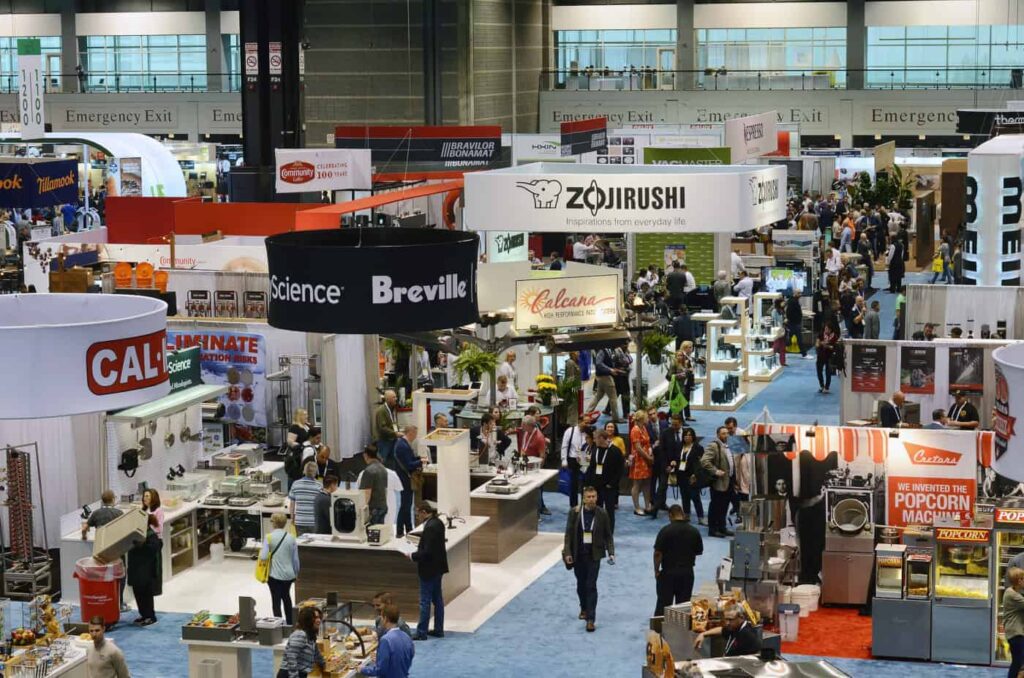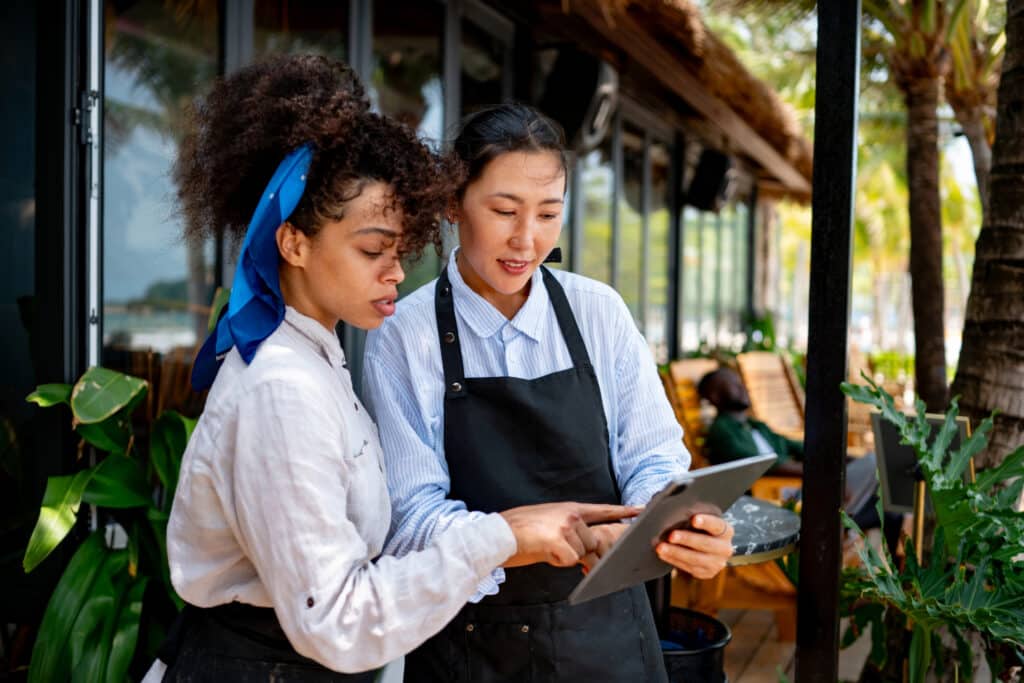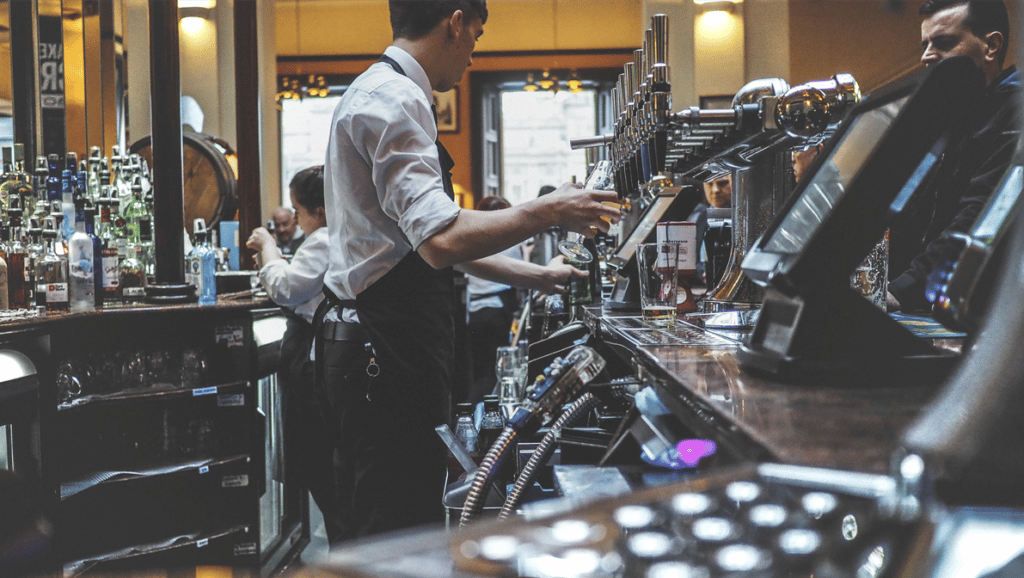Online ordering and third-party delivery skyrocketed in 2020 during the COVID pandemic, when restrictions forced many restaurant to close in-store dining. While many diners have returned to the in-restaurant experience since the pandemic, restaurants have continued to keep up with the demand for third-party delivery services. However, managing these orders can be challenging, as it requires coordination with multiple external partners.
Using a third-party delivery service can have benefits for restaurants, including reaching new customers and avoiding the cost of starting an in-house delivery system. Outside of major chains, most restaurants don’t create their own in-house delivery systems, opting instead to use an existing platform.
Some of the biggest players in the space include Uber Eats, DoorDash, GrubHub, ChowNow, Postmates, Caviar, and Seamless. However, using these services comes at a cost, as the platforms take a percentage of every order they send and often drive up the cost of the order for customer. Many operators also have concerns about questionable business practices and high fees associated with the services as well as the added complexities to restaurant accounting.
To help restaurants navigate this new landscape, here’s list of best practices when implementing a third-party delivery service.
Choose the right delivery partner(s)
When it comes to third-party delivery, not all delivery partners are created equal. Before partnering with a delivery provider, make sure to research and compare different options. Consider factors such as delivery fees, commission rates, customer service, and delivery timeframes.
Train staff on third-party delivery procedures
Your restaurant staff needs to be trained on the procedures for handling third-party delivery orders. This includes understanding how to accept and process orders, preparing the food for delivery, and coordinating with the delivery driver. Make sure to provide clear instructions and training materials to your staff to ensure consistency in handling third-party orders.
Use appropriate packaging
To ensure that your food arrives in good condition, it’s essential to use appropriate packaging. This includes sturdy, leak-proof containers for hot and cold food items, as well as packaging that keeps food at the proper temperature during delivery. Additionally, make sure to include any necessary utensils or condiments with the order.
Monitor delivery times
Delivery time is a crucial factor in customer satisfaction. Make sure to monitor delivery times and communicate any delays or issues with the delivery partner and the customer. This will help manage customer expectations and prevent negative reviews or complaints.
Consider menu optimization
When offering third-party delivery, it’s essential to consider menu optimization. This means offering items that travel well and are easy to prepare, as well as items that are popular with customers. To learn more about this type of optimization, check out our free guide on menu engineering. Additionally, consider offering specials or promotions that are exclusive to third-party delivery customers to incentivize repeat business.
Communicate clearly with customers
Clear communication is essential for a successful third-party delivery program. Make sure to provide accurate and up-to-date information on your website and third-party delivery platforms, such as menu items, prices, and delivery times. Additionally, make sure to communicate any issues or delays with customers in a timely and transparent manner.
Evaluate performance regularly
Finally, it’s essential to regularly evaluate your third-party delivery program’s performance. This includes monitoring customer feedback, tracking delivery times and accuracy, and evaluating your partnership with your delivery provider. By regularly reviewing your performance, you can identify areas for improvement and make necessary adjustments to ensure the success of your program.
Integrate your service with accounting
When a third party delivery order is received at the restaurant and entered into the POS, it is tendered to a unique payment type. Restaurant365 automates this process as much as possible, through its integrated restaurant accounting software. By mapping this payment type, it is regularly updated and accurately reflected in your GL, with the exception of third party delivery fees.
Summary
In conclusion, third-party delivery can be a valuable tool for restaurants looking to expand their customer base and increase revenue. However, it’s essential to follow these best practices to ensure that your third-party delivery program is successful. By choosing the right partner, training your staff, using appropriate packaging, monitoring delivery times, optimizing your menu, communicating clearly with customers, and evaluating performance regularly, you can build a successful third-party delivery program that meets your customers’ needs and enhances your business.



